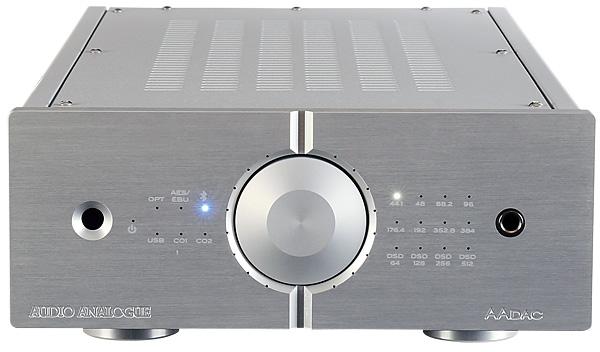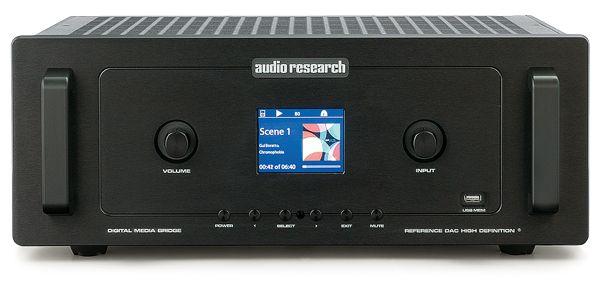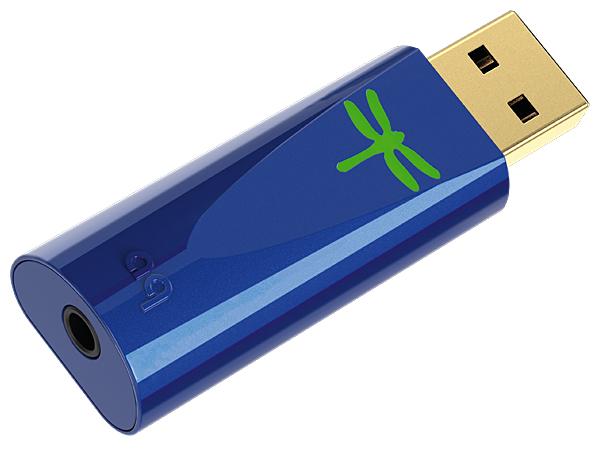Outboard DACs
Sort By: Post DateTitle Publish Date
|
Apr 01, 2018
|
Apr 15, 2024
|
Jan 26, 2023
|
May 28, 2025 |
First Published: Nov 01, 2024

 The most novel high-end DACs often employ proprietary converter solutions instead of off-the-shelf chipsets. From Italy comes this unique take on the NOS 'ladder DAC'
The most novel high-end DACs often employ proprietary converter solutions instead of off-the-shelf chipsets. From Italy comes this unique take on the NOS 'ladder DAC'


 With an upgraded specification including an asynchronous USB input with DSD capability, ATC’s CD player/DAC/preamp aims to be a complete system front-end
With an upgraded specification including an asynchronous USB input with DSD capability, ATC’s CD player/DAC/preamp aims to be a complete system front-end






 Revised and refined, and now clad in metal, AudioQuest's USB noise filter is still a compelling upgrade for portable DAC users.
Revised and refined, and now clad in metal, AudioQuest's USB noise filter is still a compelling upgrade for portable DAC users.







